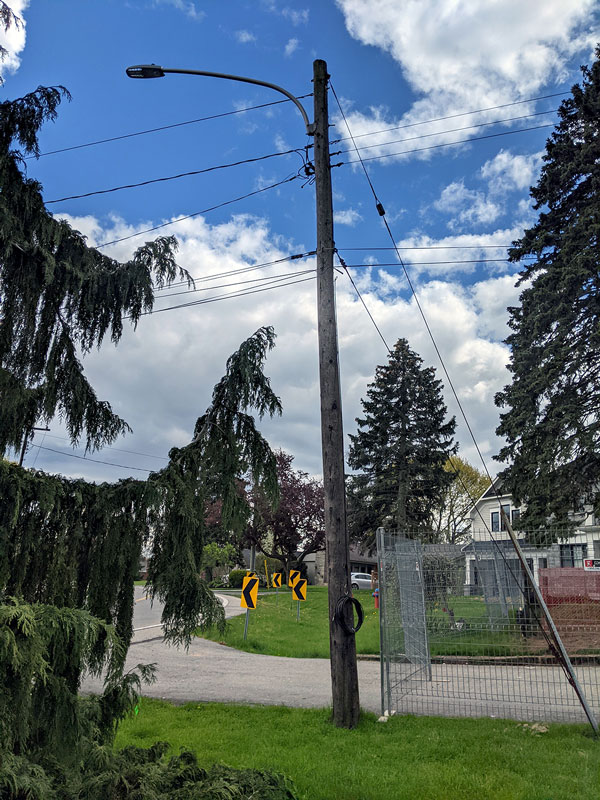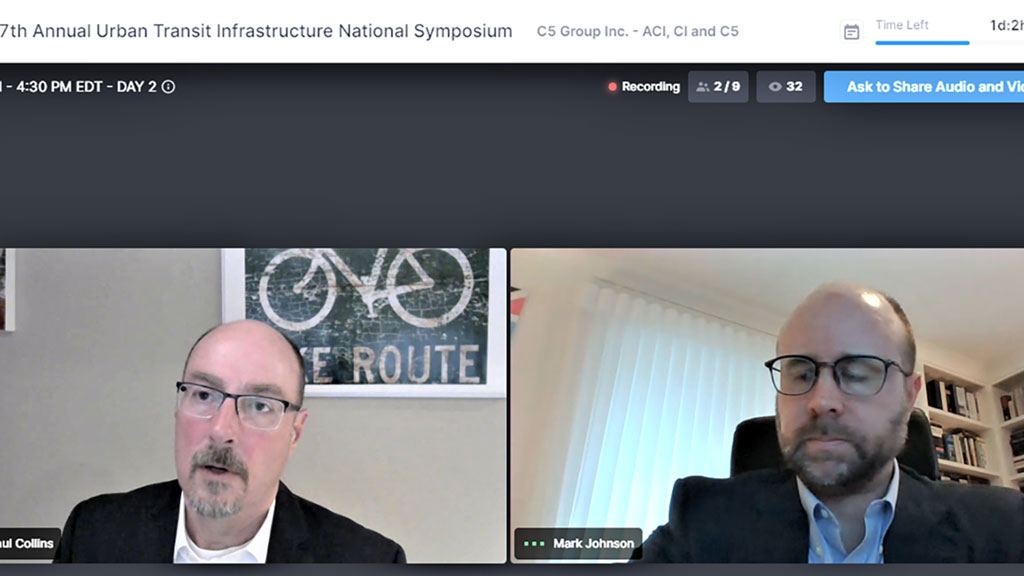Faced with a relatively tight timeline for Ontario’s massive subway plans, Metrolinx plans to launch a new Office of Utility Coordination with powers given by the Building Transit Faster Act to expedite the utilities relocation component of the projects.
The new Metrolinx division will have a mandate to implement a new Utility Coordination Program, delegates attending a recent transit symposium were told.
Paul Collins, the transit agency’s director of utilities for the capital projects group, outlined details of the new program on day two of the Urban Transit Infrastructure National Symposium presented by the Canadian Institute late last month.
Collins said the utility relocation process, when it’s carried out between two trusting partners, can be done quickly, efficiently and with optimal outcomes for both parties.
“But if you have multiple chefs in the kitchen, it can be a bit of a hodgepodge and you can find relationships disrupted,” he said. “You can find delays incurred, and we’ve decided that it’s probably best for us to keep control of the relationship, and make sure that utility infrastructure is moved in a way that enhances our timeline and keeps the utility company’s own network operations consistent and whole.”
It’s a boom period for GTA transit, with existing LRT and other projects supplemented by the $28.5-billion subway plan announced by Premier Doug Ford in 2019 that added the Ontario Line, the Yonge North extension, the Scarborough extension and the Eglinton West extension.
Utilities can be a costly pinch point in any project, Collins said, if they are not relocated in co-ordination with the project schedule.
The Building Transit Faster Act enacted last year gave Metrolinx increased authority to require a utility company to relocate its infrastructure within a mutually agreed upon timeline, he explained.
Policy guidance also came from a new document prepared by the Transportation Association of Canada titled Guidelines for the Coordination of Utility Relocations.
The new utilities policy also borrows from longstanding procedures contained in Ontario’s Public Service Works on Highways Act. And Infrastructure Ontario and Metrolinx have also developed a Utility Relocation Guideline.
What his office is undertaking now, Collins said, is development of the utility co-ordination program, formalizing the guideline and process maps that have been developed, layering on a notification component and then tracking it all.
“And for that we set up the Office of Utility Coordination,” he said.
“That’s a way of allowing us to share the data between ourselves and our government oversight, also a way for us to share the data between ourselves and utility companies, and between ourselves and our technical advisers.”
The new policy aims to simplify the complex early interactions all big projects have.
“What we’ve tried to do is, we tried to minimize those interfaces and largely we’ve done that by keeping the responsibility for the utility relocations, as much as possible, upfront in the early part of the project and particularly if we can to relocate the utilities before a Project Co even goes on site,” Collins explained.
The improved co-operation with third-party utilities involves not only making sure Metrolinx has engaged the correct stakeholders but also ensured it understands the engineering and planning perspectives of the third parties as well as the operations side.
“The operations folks know what interruptions they’re going to have to plan around and can feed back to us what actually works from their own timing perspective,” Collins said.
Overall benefits of the new program include a more streamlined process, more communication points, an improved notification process, enhanced systems and data accuracy, clearer roles and responsibilities, and enhanced visibility of compliance.
The Office of Utility Coordination will eventually take control of a comprehensive dashboard co-ordinating GTA utilities relocations with a geospatial data library that will enable continuous monitoring and innovation, Collins said.
Next steps are to continue the outreach with utilities, codify learnings so that other jurisdictions could borrow its best practices, and launch the office.
Metrolinx has not yet released a timeline for an official launch.
“It’s going to be rolled out so that third-party utilities in particular can see it but also the technical adviser and in some form, we will end up making this public facing as well,” said Collins. “We’re going to continue to work with our third-party partners to make sure that everything that we are trying to do makes sense to them, that they feel that it can improve the work that is in front of us, and to make sure that no one is caught off guard by the workload and the timelines that we’re trying to achieve.”











Recent Comments
comments for this post are closed